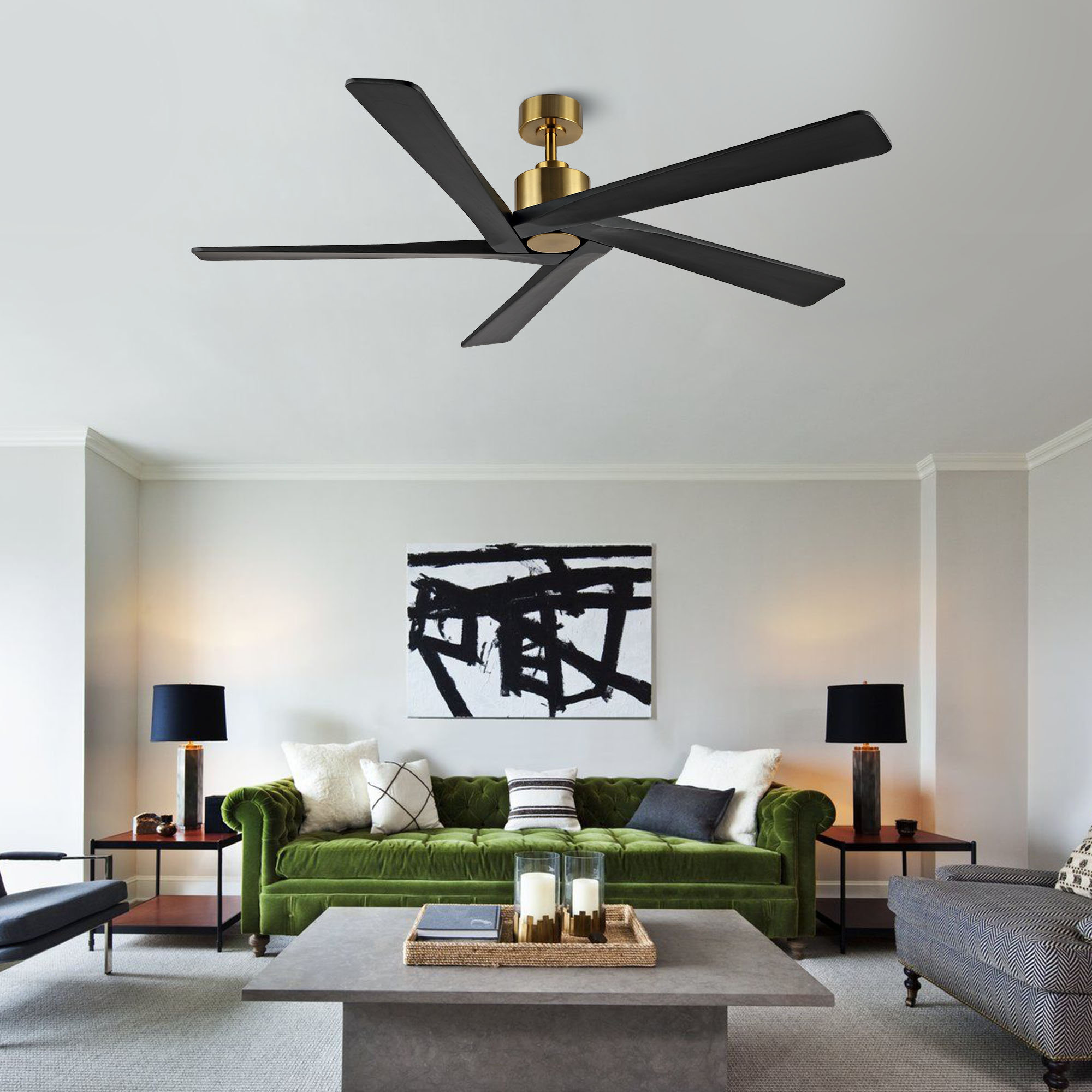

Articles
How Many Blades For Ceiling Fan
Modified: January 18, 2024
Discover the perfect number of blades for your ceiling fan with our informative articles. Maximize comfort and energy efficiency in your home.
(Many of the links in this article redirect to a specific reviewed product. Your purchase of these products through affiliate links helps to generate commission for Storables.com, at no extra cost. Learn more)
Introduction
Choosing a ceiling fan for your home can be an overwhelming task, especially when considering the number of blades. Some ceiling fans have three blades, others have four, and some even have five or more. With so many options available, it’s natural to wonder how many blades are the best choice. In this article, we will explore the factors to consider when choosing the number of blades for a ceiling fan.
When it comes to ceiling fan blades, it’s important to note that the number of blades does not solely determine the performance or efficiency of the fan. In fact, the number of blades can impact factors such as airflow efficiency, noise level, and aesthetic appeal. By understanding these various elements, you can make an informed decision and select the perfect ceiling fan for your space.
Before we delve into the details, it’s essential to debunk some common myths surrounding the number of blades on a ceiling fan. There is a belief among some consumers that more blades automatically equate to better performance. However, this notion is not entirely accurate, as the performance of a ceiling fan depends on a combination of factors including blade pitch, motor power, and blade design.
Now, let’s take a closer look at the factors you should consider when choosing the number of blades for your ceiling fan.
Key Takeaways:
- When choosing a ceiling fan, remember that the number of blades does not solely determine performance. Consider airflow efficiency, noise level, aesthetic appeal, room size, and energy efficiency for the best choice.
- Debunk common myths about the number of blades on a ceiling fan. More blades don’t always mean better performance, and factors like blade pitch, motor power, and design are equally important. Choose based on functionality and aesthetics.
Read also: 15 Amazing Ceiling Fan Blades for 2024
Factors to Consider When Choosing the Number of Blades
When selecting a ceiling fan, it’s important to consider several factors that can help determine the optimal number of blades. Keep in mind that these factors may vary based on personal preference and the specific needs of your space. Here are some key considerations to keep in mind:
- Airflow Efficiency: The number of blades on a ceiling fan can impact its airflow efficiency. Generally, ceiling fans with fewer blades tend to move more air, creating a stronger breeze. This is because fewer blades create less drag and turbulence. However, it’s important to note that other factors, such as blade pitch and motor power, also play a significant role in airflow efficiency.
- Noise Level: The number of blades can affect the noise level produced by a ceiling fan. Fans with more blades tend to be quieter because the additional blades help distribute airflow more evenly. However, modern ceiling fans are designed to minimize noise, so the difference in noise level may not be significant. If noise is a primary concern for you, consider factors like motor quality and fan design in addition to the number of blades.
- Aesthetic Appeal: The number of blades on a ceiling fan can also impact its visual appeal. Fans with more blades often give a more traditional or classic look, while fans with fewer blades have a modern or minimalist aesthetic. Consider the overall style of your space and choose a fan that complements the existing décor.
- Room Size: The size of the room can also influence the number of blades you choose. For larger rooms, fans with more blades can provide better air circulation. Conversely, in smaller spaces, fans with fewer blades may be sufficient to create a comfortable airflow.
- Energy Efficiency: Although the number of blades itself may not significantly impact a fan’s overall energy efficiency, it is worth mentioning that fans with fewer blades may require less energy to operate. This is because fewer blades result in less overall weight, reducing the strain on the motor and potentially saving on energy consumption.
Ultimately, the number of blades you choose for your ceiling fan should be based on a combination of personal preferences, the specific characteristics of your space, and the desired functionality of the fan. By considering these various factors, you can make an informed decision and select a ceiling fan that meets both your practical and aesthetic needs.
Common Myths About the Number of Blades
When it comes to ceiling fans, there are several common myths surrounding the number of blades. These misconceptions can often lead to confusion when choosing the right fan for your space. Let’s debunk some of these myths and clarify the truth:
- Myth 1: More Blades Means Better Performance: Many people believe that ceiling fans with more blades automatically offer better performance. While it’s true that more blades can provide a distinct visual appeal, the number of blades alone is not a reliable indicator of a fan’s performance. Factors such as blade pitch, motor power, and design are equally, if not more, important in determining a fan’s efficiency and airflow.
- Myth 2: More Blades Create More Air Circulation: Another common misconception is that fans with more blades produce better air circulation. In reality, the number of blades does impact the way air is moved but is not the sole determinant. Blade shape, angle, and motor power all play significant roles in creating optimal airflow. A well-designed fan with fewer blades can generate better air movement than a fan with more blades but a less efficient design.
- Myth 3: Fewer Blades are Noisier: Some people believe that fans with fewer blades are inherently noisier. However, noise level is not solely dependent on the number of blades. Modern ceiling fans are engineered to minimize noise disturbances, and factors such as motor quality and balance are crucial in determining noise level. Fans with fewer, well-designed blades can produce a quiet and comfortable breeze.
- Myth 4: Multiple Blades are Energy Inefficient: There is a misconception that ceiling fans with more blades consume more energy. In reality, the energy efficiency of a fan is determined by various factors including motor efficiency, blade pitch, and overall design. While fans with fewer blades may have lower weight and theoretically require less power, the difference in energy consumption between fans with different numbers of blades is often negligible in well-designed models.
- Myth 5: Blade Count Determines Aesthetic Appeal: Many people believe that the number of blades directly influences the aesthetic appeal of a ceiling fan. While the blade count does contribute to the overall look, it is not the sole determining factor. Blade shape, material, and fan design are equally important in creating a visually appealing fan that complements your space.
By understanding these common myths, you can make a more informed decision when selecting a ceiling fan. Remember to focus on the overall design, efficiency, and functionality rather than solely relying on the number of blades.
Effect of Blade Number on Airflow Efficiency
The number of blades on a ceiling fan can impact its airflow efficiency. While it’s not the only factor that determines how well a fan circulates air, it does play a role in influencing the airflow pattern and strength. Let’s explore how the blade number affects airflow efficiency:
1. Blade Drag and Turbulence: Ceiling fans with more blades tend to create more drag and turbulence as the air moves through them. This can result in a decrease in the overall airflow efficiency. On the other hand, fans with fewer blades experience less drag, allowing for smoother airflow and potentially better circulation.
2. Motor Power and Blade Pitch: It’s important to note that the number of blades alone does not determine the airflow efficiency of a fan. Other factors, such as the motor power and blade pitch, also play a significant role. A fan with more blades but a powerful motor and a higher blade pitch can still generate strong airflow and deliver efficient cooling.
3. Fan Design and Blade Shape: The design of the fan and the shape of the blades can impact the airflow efficiency as well. Some fans are engineered with specially designed blades that are curved or angled to optimize airflow. These features can enhance the performance of the fan regardless of the number of blades.
4. Room Size and Blade Number: The size of the room can also influence the optimal blade number. In larger spaces, fans with more blades may be better at circulating air throughout the room. However, in smaller rooms, fans with fewer blades can still provide sufficient airflow without causing discomfort or excessive air movement.
5. Blade Material and Weight: The material and weight of the blades can affect the fan’s airflow efficiency. Blades made from lighter materials can create less resistance, resulting in improved airflow. However, it’s essential to strike a balance between weight and durability to ensure the blades are sturdy enough to withstand regular use.
When considering the blade number for airflow efficiency, it’s crucial to assess the overall design, motor power, blade pitch, and room size in conjunction with the number of blades. It’s not just about the quantity of blades, but how well these factors work together to ensure efficient air circulation and cooling in your space.
When choosing a ceiling fan, consider the size of the room. For smaller rooms, 2-3 blades are sufficient for adequate air circulation. Larger rooms may benefit from 4-5 blades for better airflow.
Effect of Blade Number on Noise Level
The number of blades on a ceiling fan can have an impact on the noise level produced by the fan. While noise reduction is not solely determined by the number of blades, it is influenced by factors such as blade design, motor quality, and overall fan construction. Let’s explore how the blade number affects the noise level of a ceiling fan:
1. Air Displacement and Noise: Ceiling fans with more blades tend to displace air more evenly, resulting in smoother airflow and potentially reducing noise generated by air displacement. The additional blades help distribute the air across a larger area, reducing the intensity of turbulent air disturbances that can cause noise.
2. Blade Spacing: The spacing between the blades can influence the noise level of a ceiling fan. Fans with more blades often have narrower gaps between them, which can help minimize the “chopping” sound that can be associated with fans with fewer blades and wider spacing. The closer blade proximity in multi-blade fans allows for smoother airflow without as much disruption or noise.
3. Fan Design and Balance: The design and balance of the fan play a significant role in noise reduction. Well-designed fans with proper blade alignment and balance can operate more quietly, regardless of the number of blades. Noise can occur when there is an imbalance in the fan, causing vibrations and resulting in audible disturbances. Regular maintenance and proper installation can help mitigate these issues.
4. Motor Quality: The quality of the motor can also impact the noise level of a ceiling fan. High-quality motors are engineered to run quietly and smoothly, minimizing the noise produced during operation. When choosing a ceiling fan, consider models with reputable motor brands known for their quiet performance.
5. Noise Perception: It’s important to note that noise perception varies from person to person. Some individuals may be more sensitive to even the slightest noise, while others may not be bothered by moderate fan noise. If noise is a significant concern for you, consider looking for ceiling fans with a “quiet” or “silent” designation, as these fans are specifically designed to operate with minimal noise.
While fans with more blades tend to be quieter due to the improved airflow displacement and reduced turbulence, it’s essential to consider multiple factors when selecting a ceiling fan. Look for a well-designed fan with balanced blades, a high-quality motor, and consider your personal noise tolerance to ensure a comfortable and quiet environment in your space.
Aesthetic Considerations
When selecting a ceiling fan, it’s important to consider the aesthetic aspects to ensure that the fan complements the overall design and style of your space. The number of blades on a ceiling fan can contribute to its visual appeal and help create a cohesive look in your room. Here are some aesthetic considerations to keep in mind:
1. Traditional or Modern Look: The number of blades on a fan can influence the overall aesthetic. Ceiling fans with more blades often give a traditional or classic look, evoking a sense of elegance and charm. On the other hand, fans with fewer blades can create a modern and minimalist aesthetic. Consider the existing décor and style of your space to determine which blade count aligns best with your design preferences.
2. Blade Design and Material: Along with the number of blades, the design and material of the blades themselves can significantly impact the aesthetic appeal of the fan. Fans with intricately designed blades can add an artistic touch to the room, while blades made from wood or metal can create a rustic or industrial look. Pay attention to the shape, color, and finish of the blades to ensure they complement your desired aesthetic.
3. Room Size and Ceiling Height: The size of the room and the height of the ceiling should also be taken into consideration when selecting a ceiling fan. In larger rooms with high ceilings, fans with more blades can provide a visually balanced appearance. However, in smaller rooms or rooms with lower ceilings, fans with fewer blades can create a less crowded look and feel more proportionate to the space.
4. Integrated Lighting: Some ceiling fans come with integrated lighting fixtures that can enhance both the functionality and aesthetic appeal of the fan. Consider whether you want a fan with lights and how the lighting design aligns with your overall aesthetic vision. Look for options that offer various lighting styles and features, such as dimmable lights or different light color options.
5. Personal Preferences: Ultimately, your personal preferences should guide your decision. Consider the style and design elements that resonate with you and create a space that reflects your taste and personality. Whether you prefer a classic, contemporary, or unique design, there are ceiling fan options available for every aesthetic preference.
Remember that the number of blades is just one component of the overall aesthetic of a ceiling fan. Consider the blade design, material, room size, and your personal preferences to choose a fan that not only functions efficiently but also enhances the visual appeal of your space.
Conclusion
When it comes to selecting the number of blades for a ceiling fan, there are several factors to consider. While the number of blades alone does not determine the performance or efficiency of the fan, it does play a role in airflow efficiency, noise level, and aesthetic appeal.
It’s important to understand that more blades do not always equate to better performance. The performance of a ceiling fan is influenced by a combination of factors including blade pitch, motor power, and blade design. While more blades can create better air circulation and smoother airflow distribution, the efficiency also depends on other critical factors.
Noise level is another consideration when choosing the number of blades. Fans with more blades tend to displace air more evenly, resulting in reduced noise caused by turbulence. However, modern ceiling fans are designed to operate quietly, meaning noise reduction is influenced by blade design, motor quality, and overall fan construction.
Aesthetic considerations are also important when selecting the number of blades. The number of blades can contribute to a traditional or modern look, and the design and material of the blades can significantly impact the overall visual appeal of the fan. Personal preferences, room size, and ceiling height should also guide your decision-making process.
Ultimately, the perfect ceiling fan will strike a balance between functionality, efficiency, and aesthetic appeal. Take the time to research and understand the specific needs of your space to determine the optimal number of blades for your ceiling fan.
Remember to consider factors such as airflow efficiency, noise level, aesthetic appeal, room size, and personal preferences. By weighing these considerations and understanding the interplay of various factors, you can confidently select a ceiling fan that complements your space while providing optimal airflow and comfort.
Frequently Asked Questions about How Many Blades For Ceiling Fan
Was this page helpful?
At Storables.com, we guarantee accurate and reliable information. Our content, validated by Expert Board Contributors, is crafted following stringent Editorial Policies. We're committed to providing you with well-researched, expert-backed insights for all your informational needs.
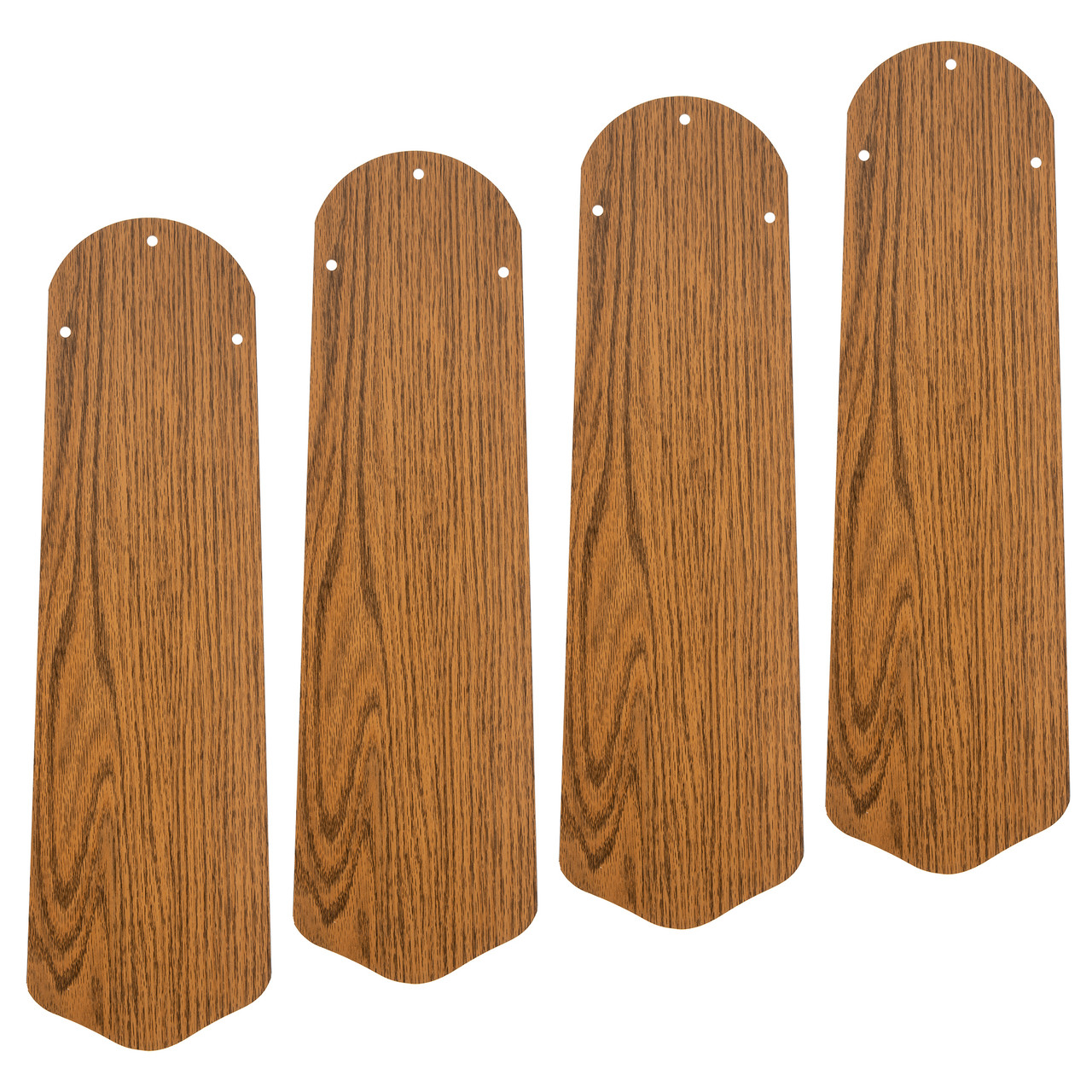
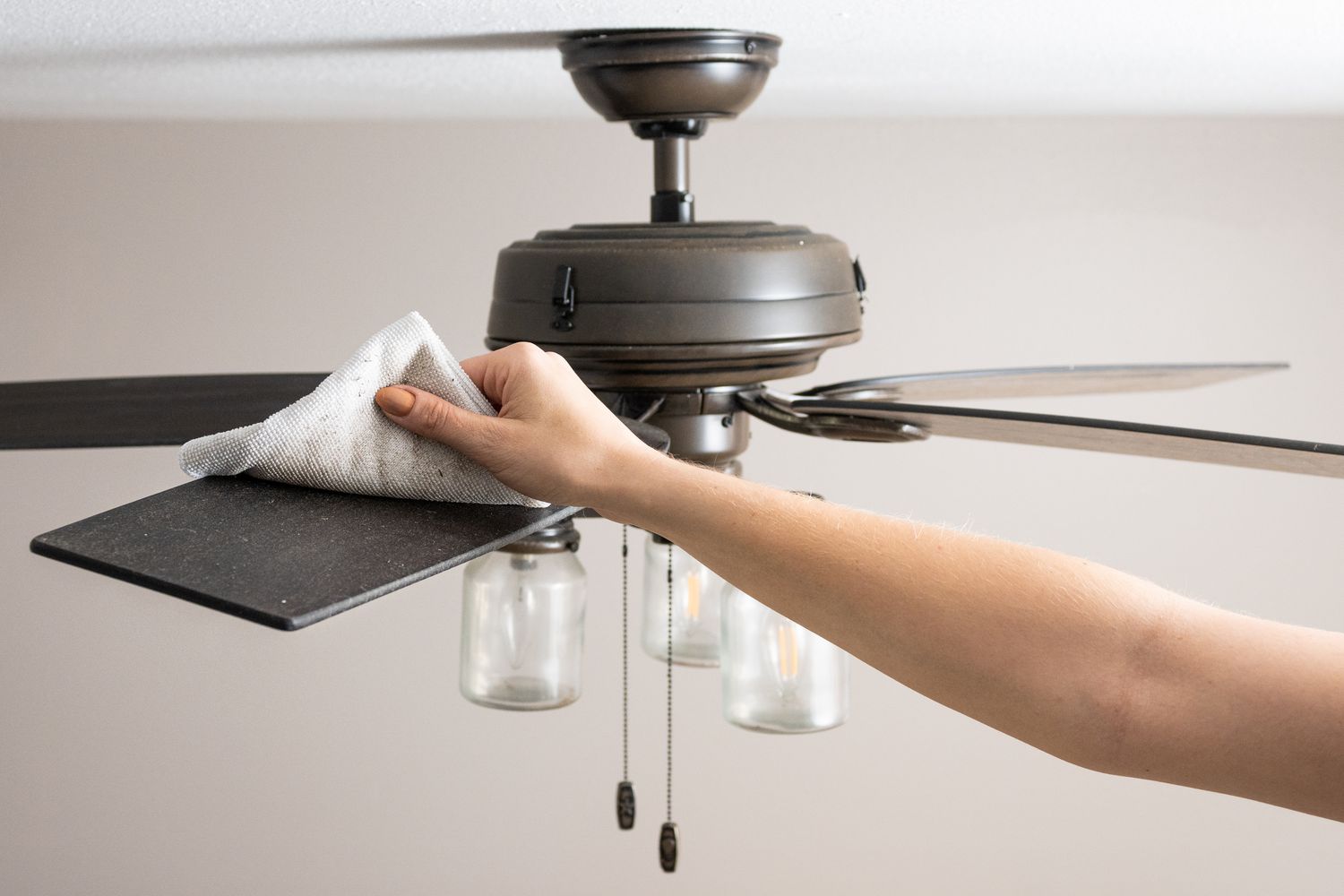
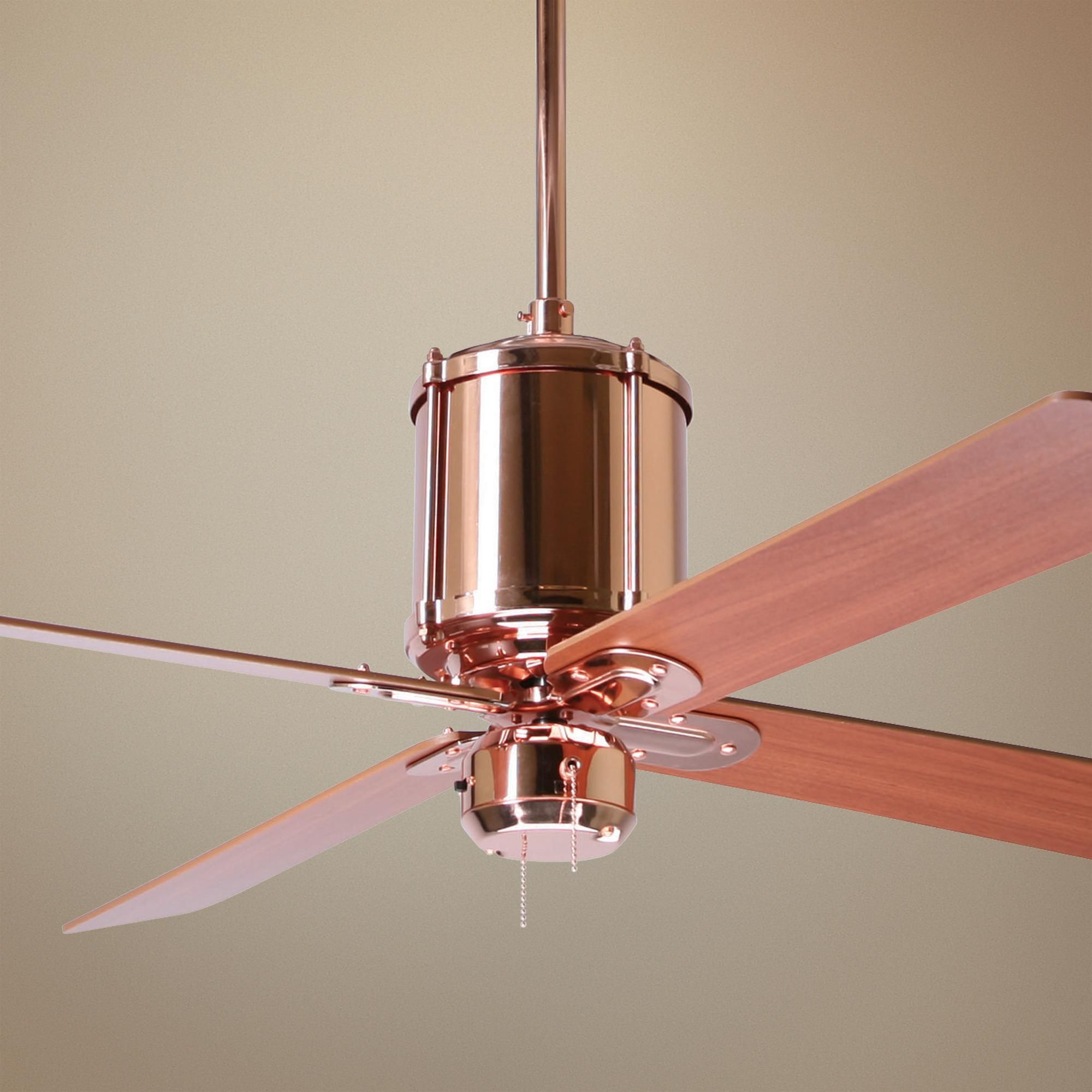
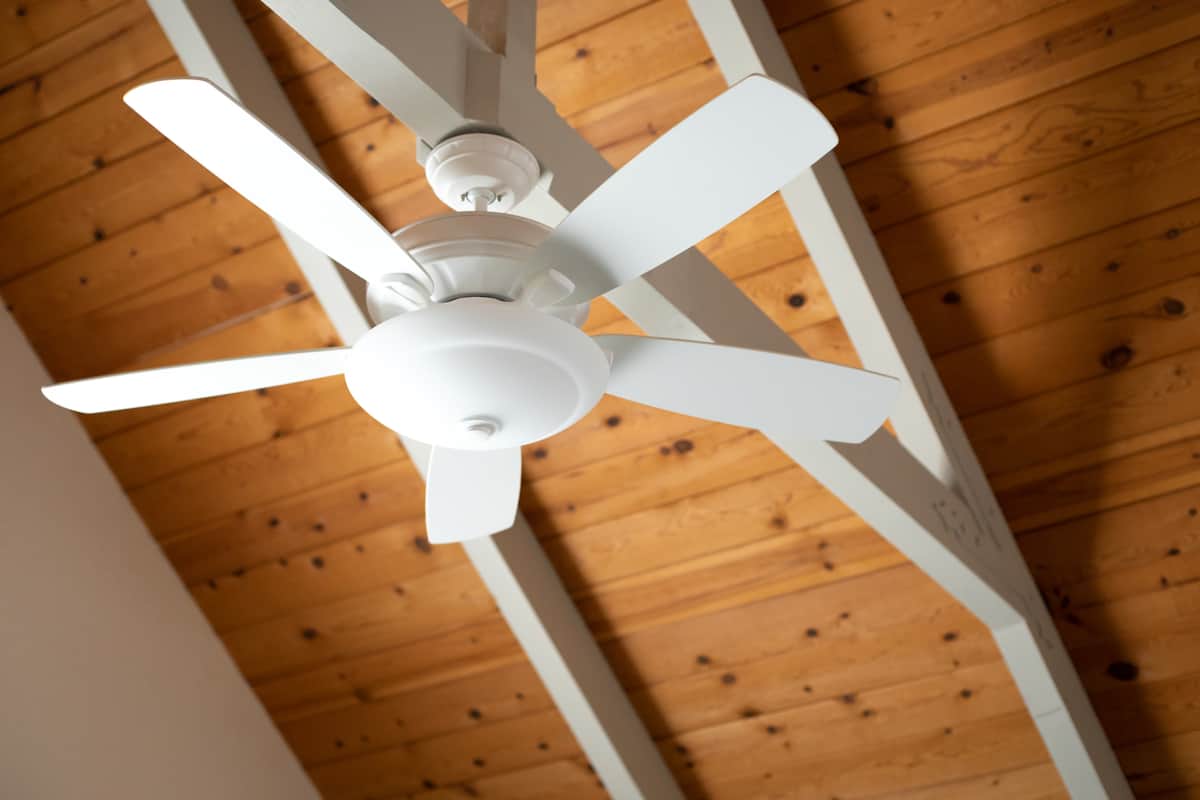
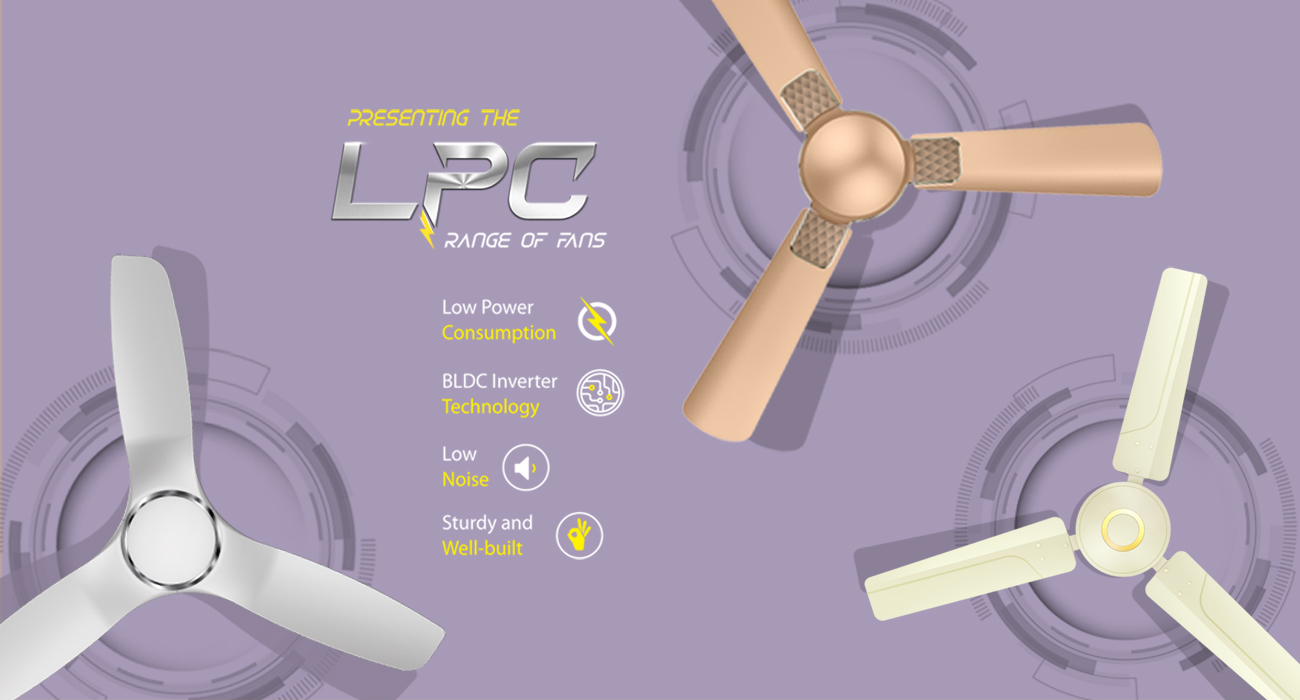

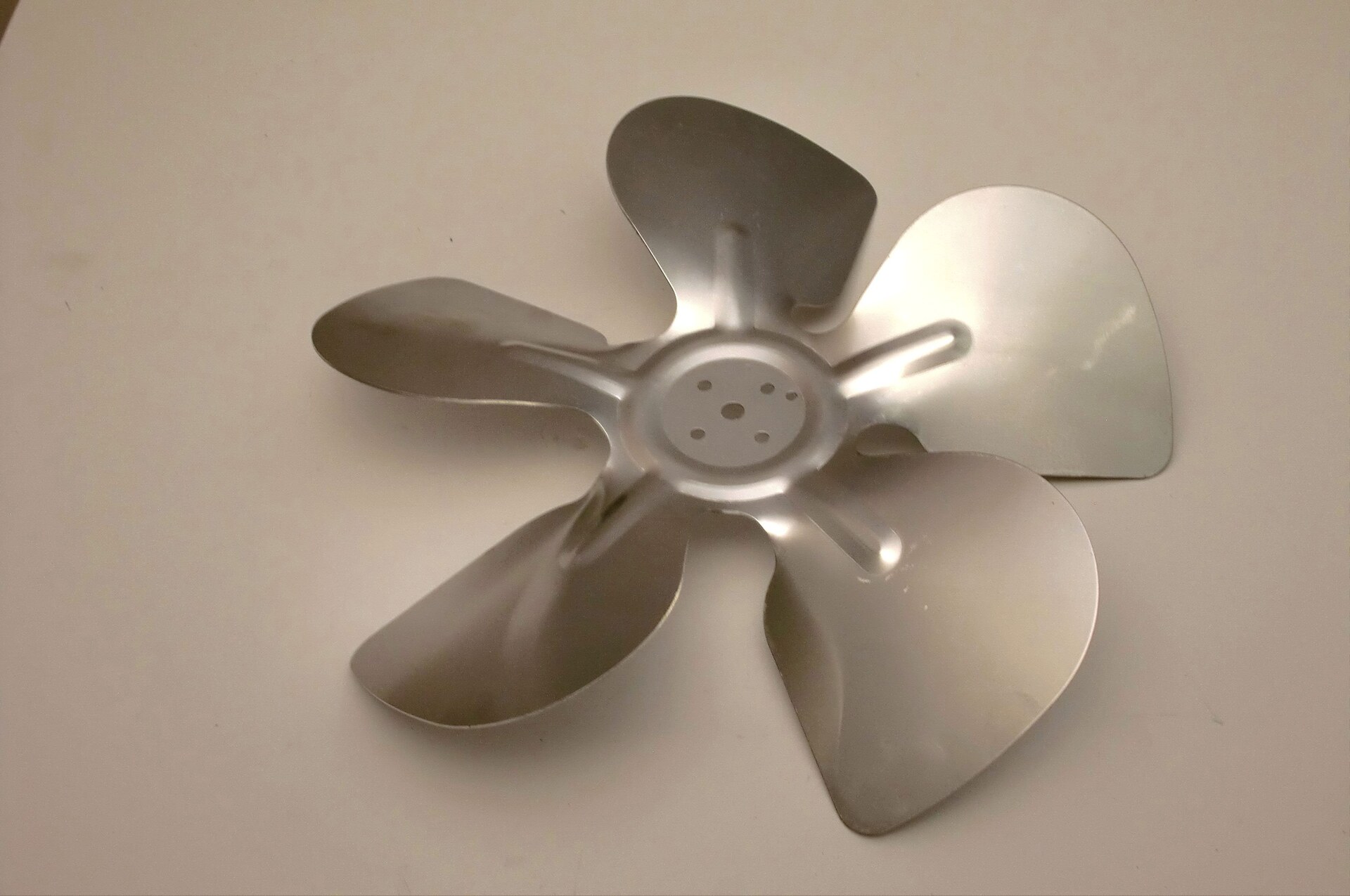
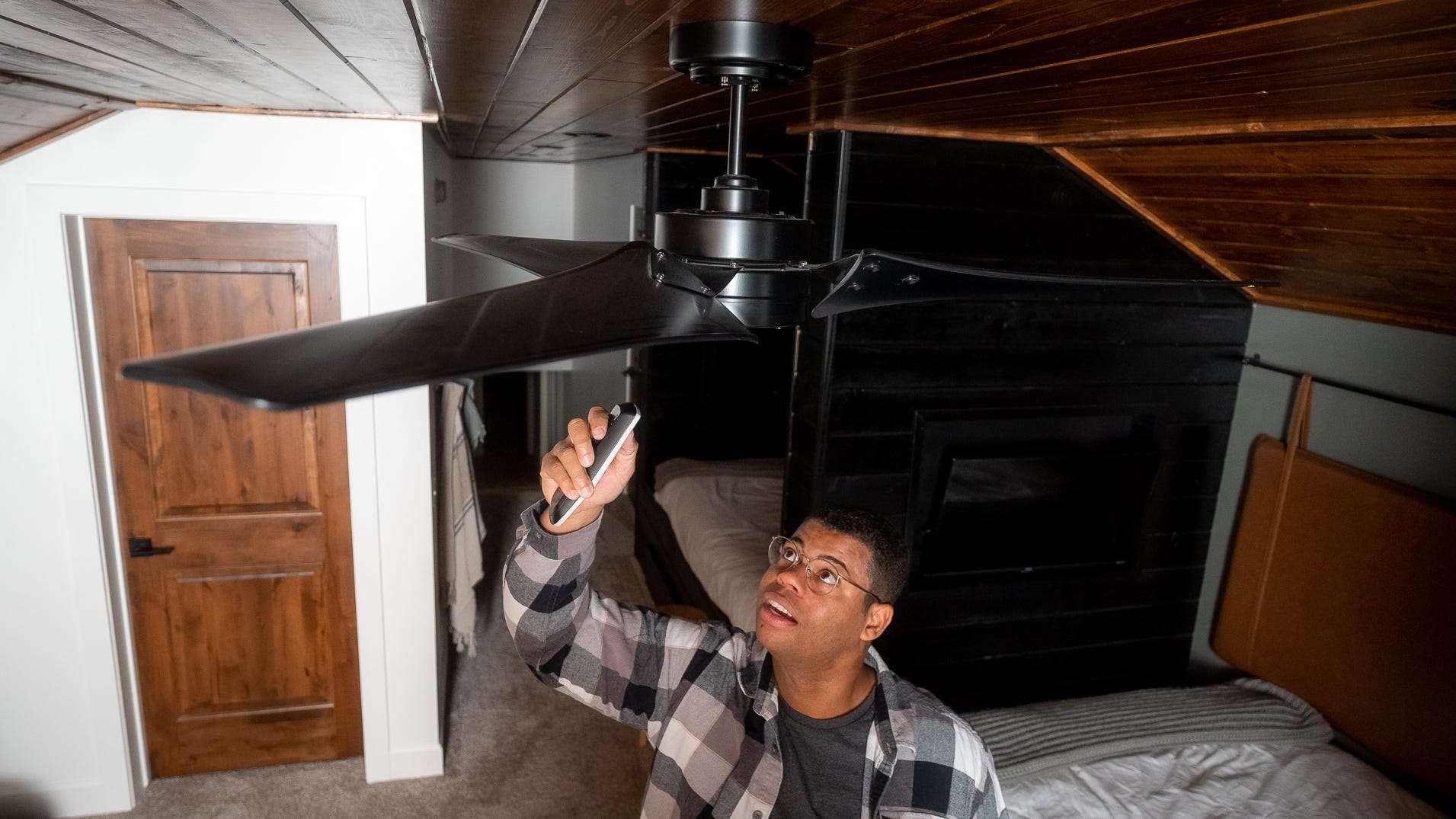
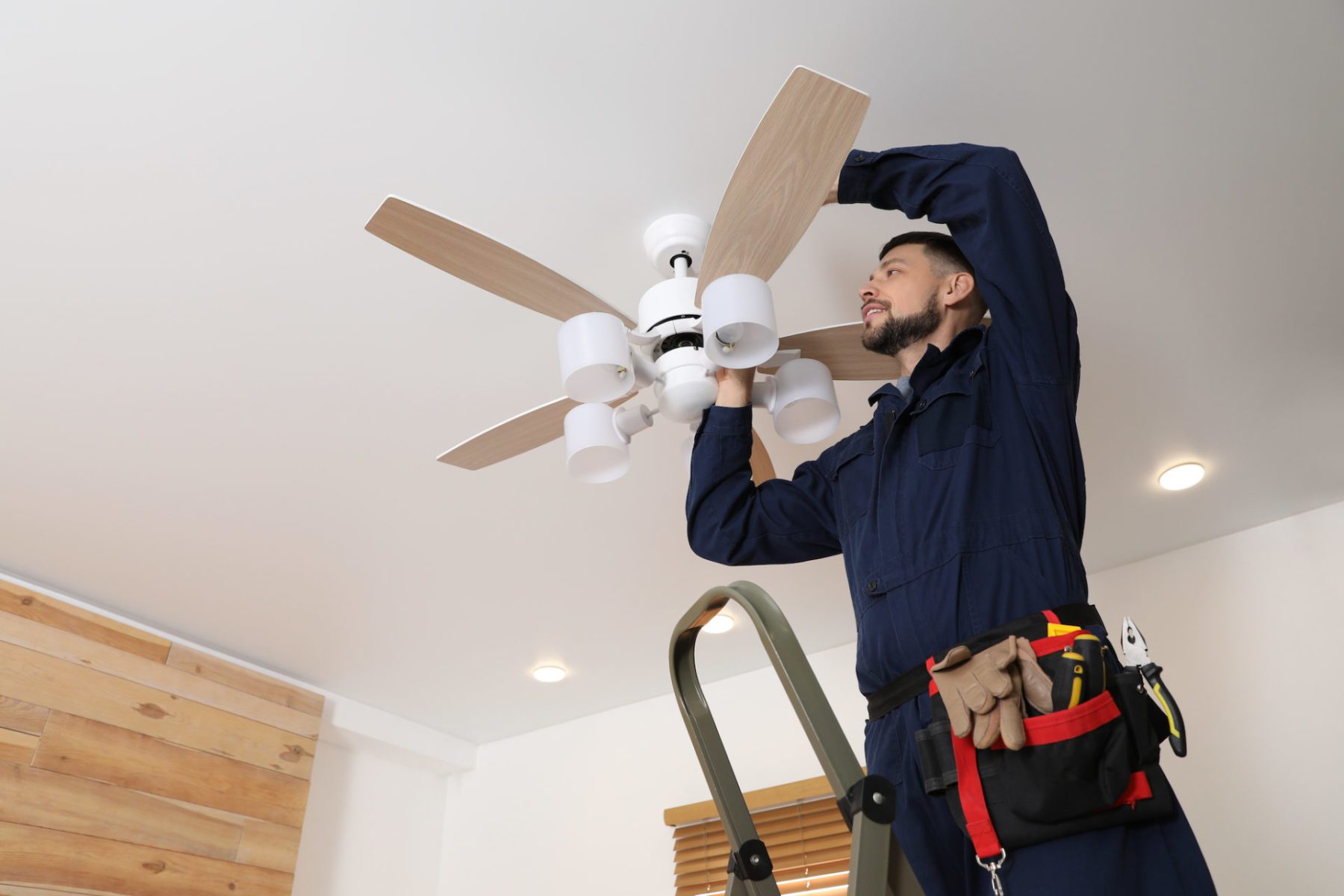
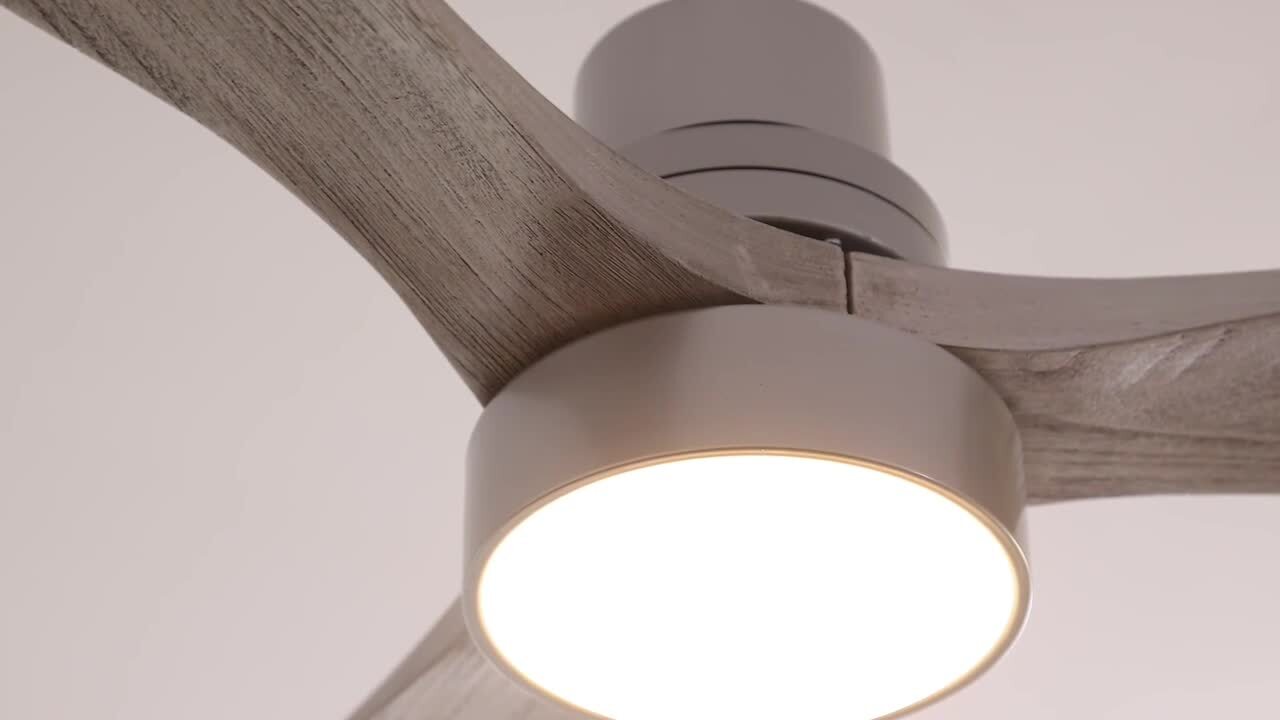
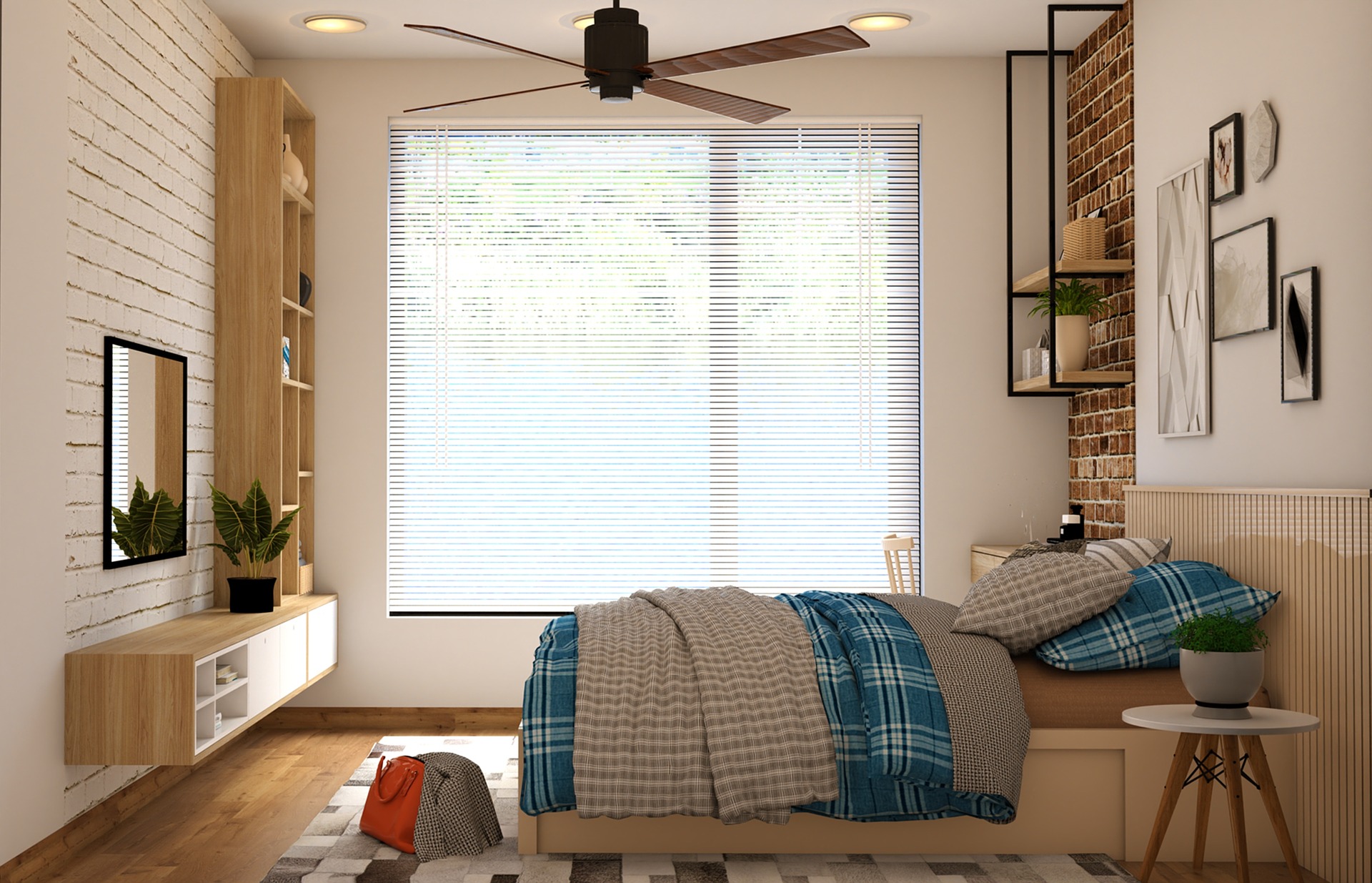
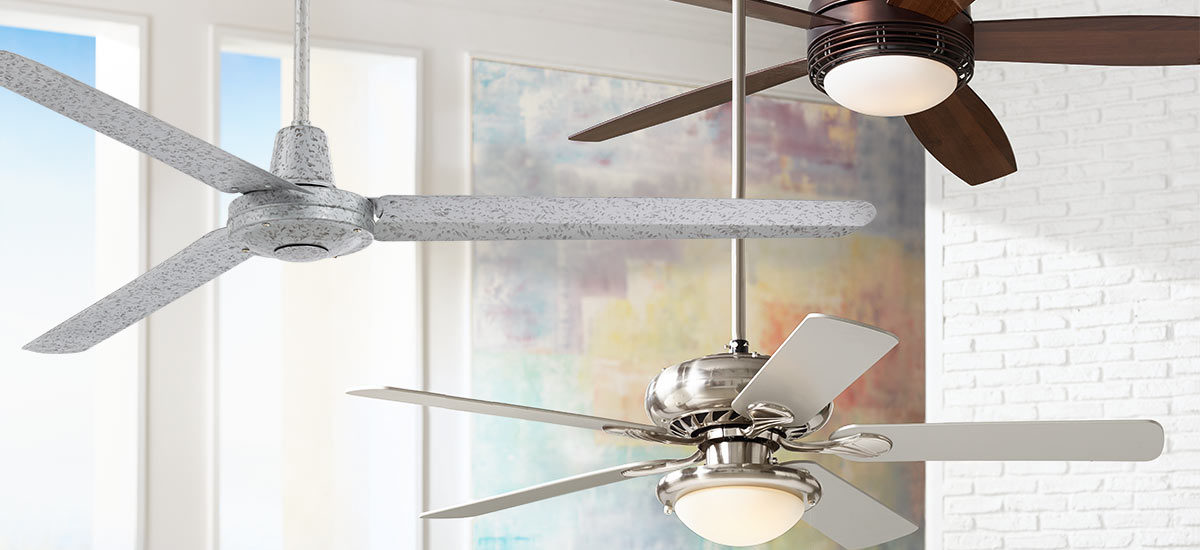
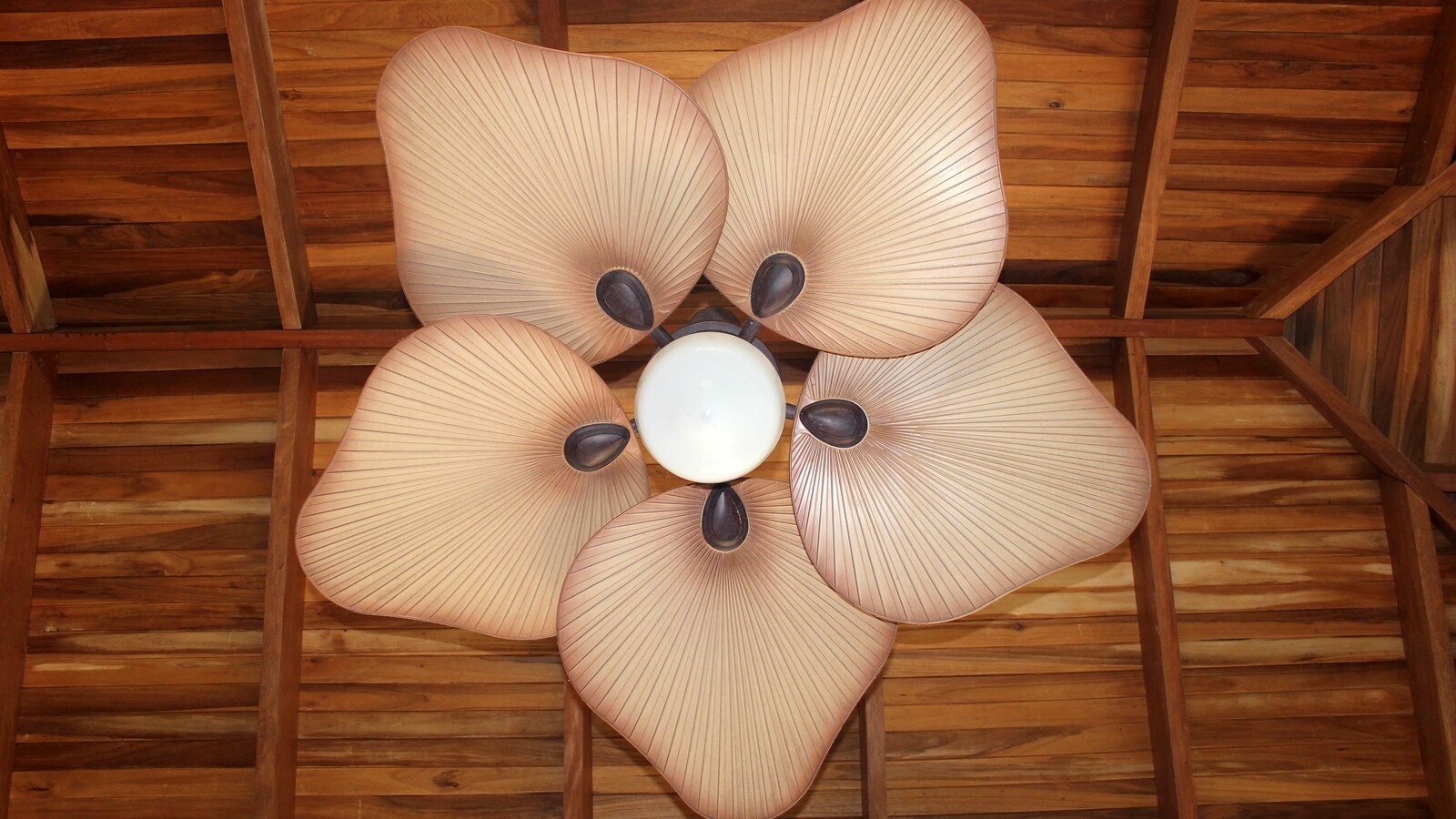
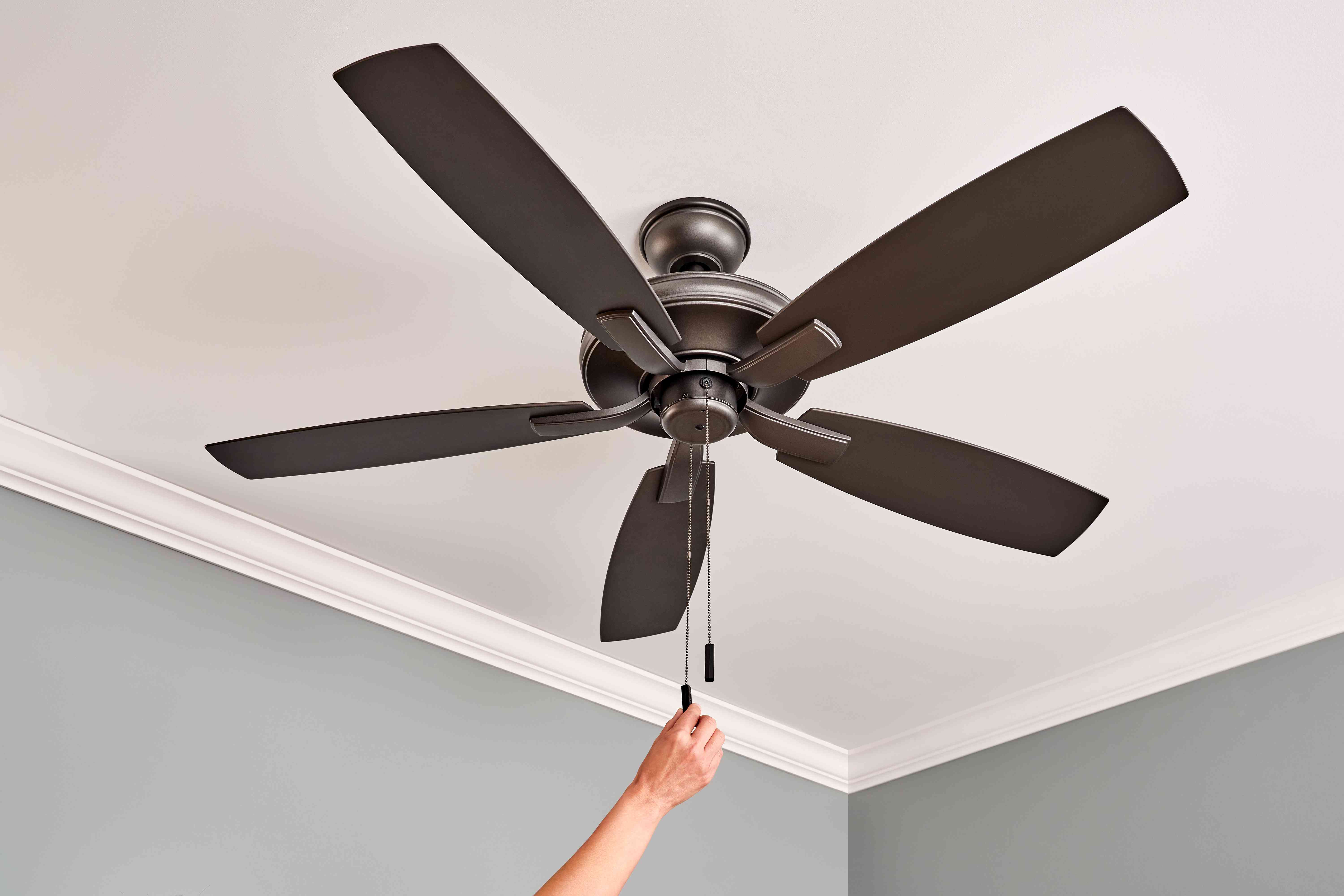

0 thoughts on “How Many Blades For Ceiling Fan”